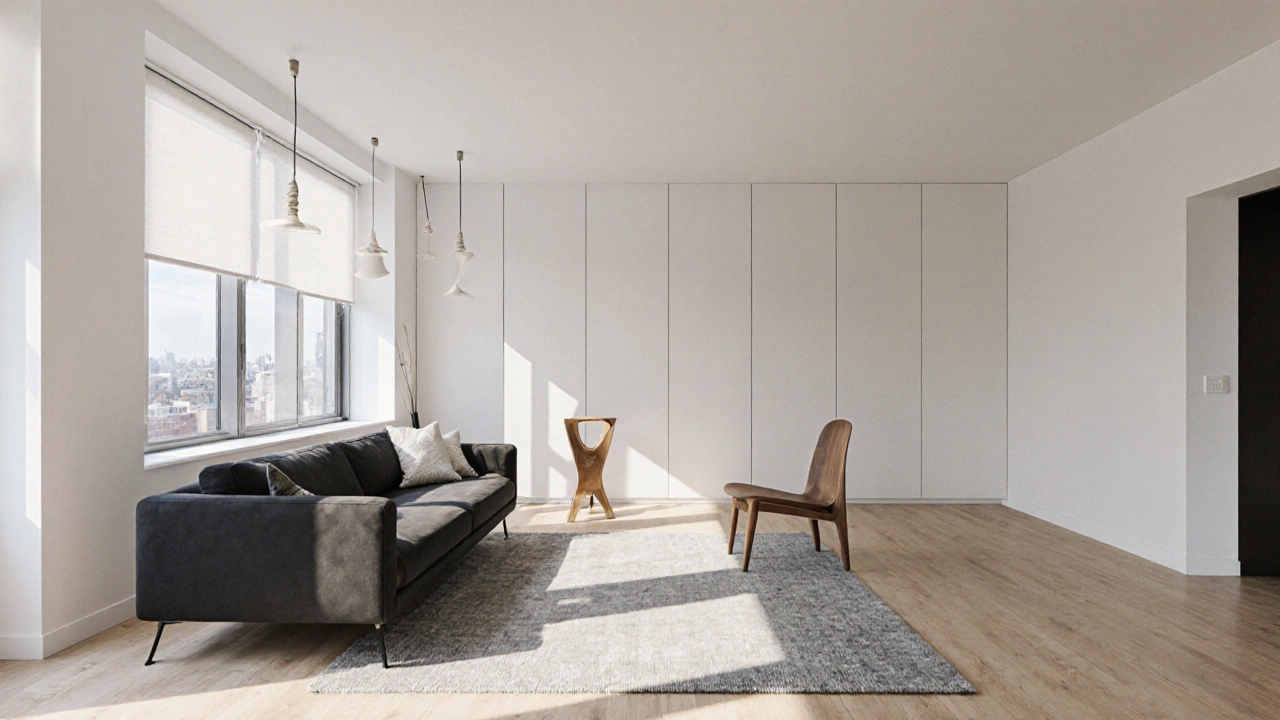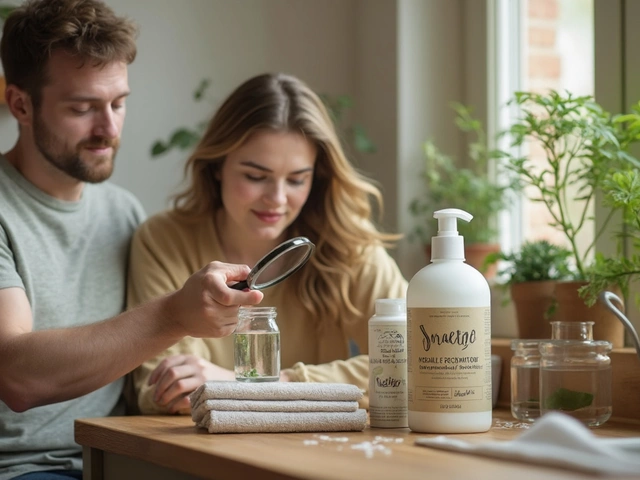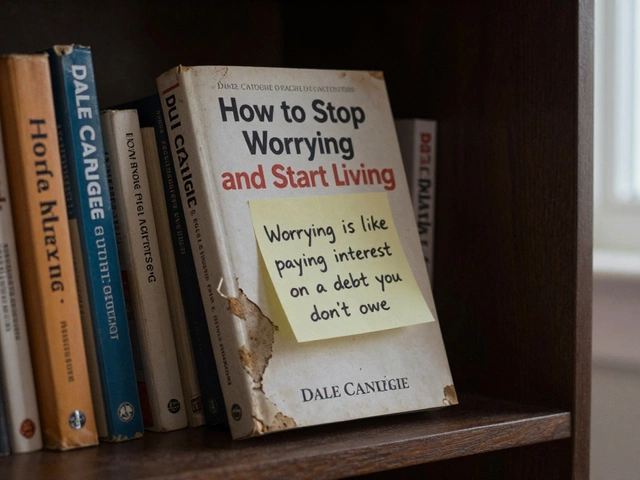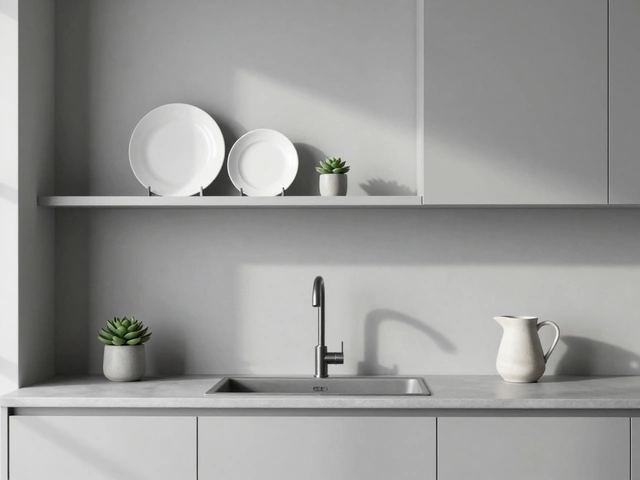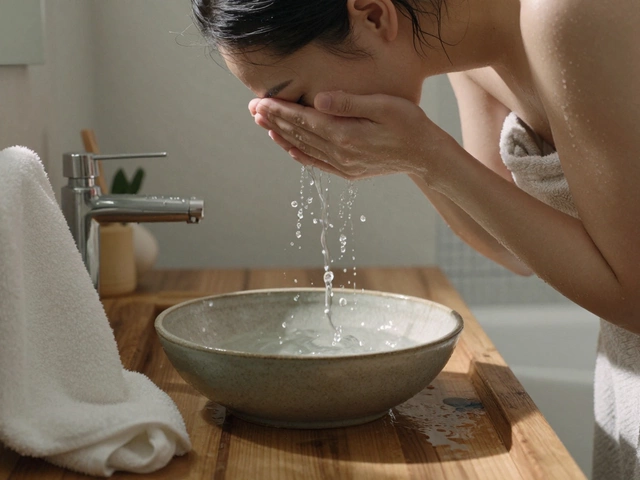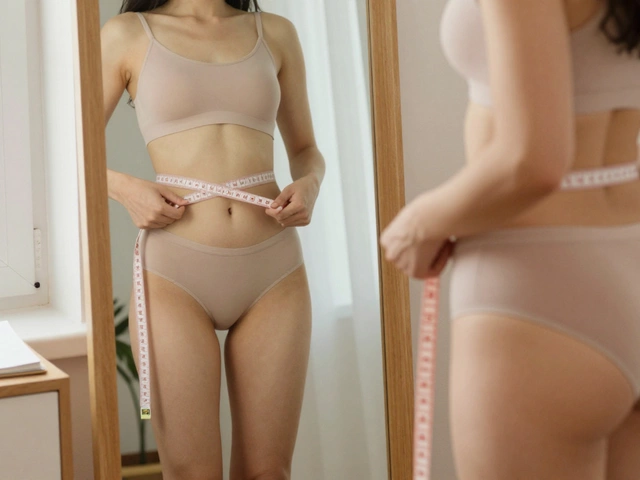Home Decor Style Finder
Find Your Perfect Style
Take this quick quiz to discover which home decor style best matches your lifestyle, home type, and preferences.
When you wonder popular decor styles, the answer isn’t a single look-it’s a snapshot of what people are buying, sharing on Instagram, and hiring designers to install. In 2025 the market swings between sleek minimalism and cozy, texture‑rich aesthetics, and the choice often depends on lifestyle, budget, and the vibe you want at home.
Quick Takeaways
- Minimalist and Scandinavian continue to dominate in urban apartments.
- Bohemian and Japandi are the go‑to for eclectic, nature‑inspired spaces.
- Mid‑century Modern resurfaces in furniture‑focused rooms.
- Industrial style stays popular in lofts and converted spaces.
- Farmhouse style leads in suburban homes seeking comfort.
What Is a Home Decor Style?
Home decor style is a framework that guides color palettes, furniture selections, textures, and accessories to create a cohesive visual narrative in a living space. It’s the language you speak when you arrange a sofa, pick a rug, or hang a piece of art. Understanding the most popular styles helps you decide which language resonates with your daily life.
How Trends Are Measured
Design publications, retail sales data, and social‑media engagement all feed into trend reports. For example, the 2025 Hickory Furniture report showed a 27 % rise in sales of low‑profile sofas, a hallmark of Minimalist design. Meanwhile, Instagram’s #ScandinavianHome tag logged over 12 million posts last year, confirming its visual appeal. Knowing where the numbers come from gives you confidence that a style isn’t just a fleeting Instagram fad.
Minimalist Style
Minimalist style is a design philosophy that strips interiors down to essential forms, neutral colors, and clutter‑free surfaces. Think all‑white walls, hidden storage, and a single statement chair. It works best in small apartments because the lack of visual noise makes rooms feel larger. Use matte finishes, built‑in lighting, and monochrome art to keep the look sleek.
Scandinavian Style
Scandinavian style is a blend of minimalism, natural wood, and light‑filled spaces that originated in the Nordic countries. Light wood floors, soft gray walls, and layered textiles create a cosy yet airy feel. The style thrives in climates that need warmth, so adding sheepskin throws or chunky knit cushions is common.
Bohemian Style
Bohemian style is a free‑spirited aesthetic that mixes vibrant patterns, ethnic textiles, and eclectic accessories for a lived‑in look. It’s perfect for creative professionals who want their space to feel like a global market. Pair a macramé wall hanging with a vintage Persian rug, and you’ll hit the sweet spot.
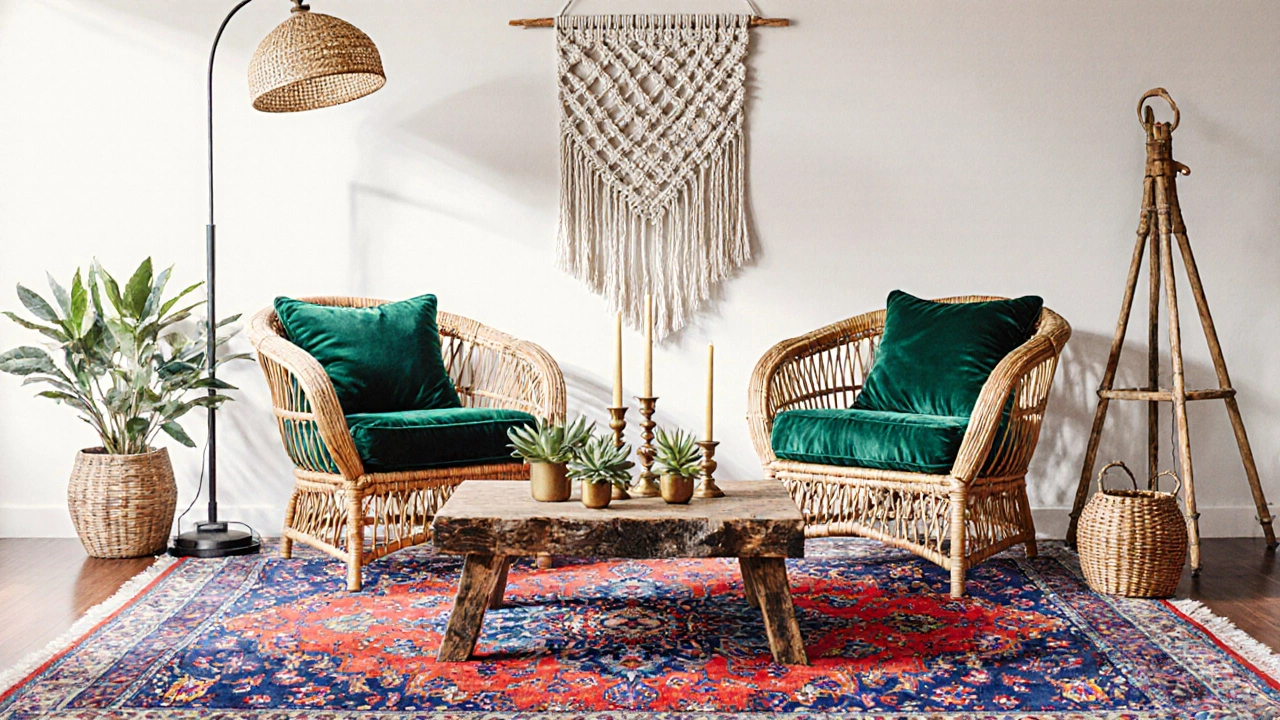
Japandi Style
Japandi style is a fusion of Japanese minimalism and Scandinavian warmth that emphasizes natural materials, muted tones, and functional beauty. Low‑profile furniture, bamboo accents, and soft lighting combine to create calm. Because it leans heavily on craftsmanship, investing in a quality tea‑set or hand‑crafted wooden sideboard adds authenticity.
Mid‑Century Modern Style
Mid‑century modern style is a post‑World War II design movement characterized by clean lines, organic shapes, and a mix of wood and metal. Iconic pieces like the Eames lounge chair or a teak sideboard signal this look. Pair a tapered leg sofa with a geometric rug and you’ll capture the era’s optimism.
Industrial Style
Industrial style is a urban aesthetic that highlights raw materials such as exposed brick, concrete, and metal fixtures. It suits loft conversions where the original structure is left visible. Add a reclaimed wood coffee table to soften the hardness, and include vintage Edison bulbs for warmth.
Farmhouse Style
Farmhouse style is a comfort‑focused design that incorporates distressed wood, soft pastel colors, and plenty of textiles to evoke rural charm. It’s beloved in suburban homes looking for a welcoming vibe. A large apron sink, shiplap walls, and a mix of ceramic and enamelware complete the look.
Side‑by‑Side Comparison
| Style | Core Color Palette | Typical Materials | Best Home Type | Key Mood |
|---|---|---|---|---|
| Minimalist | White, black, gray | Matte metal, glass, polished wood | Urban apartment | Clean, spacious |
| Scandinavian | Soft neutrals, pastel blues | Light wood, wool, linen | Small to medium homes | Cozy yet bright |
| Bohemian | Rich jewel tones | Rattan, woven textiles, brass | Creative lofts | Free‑spirited, vibrant |
| Japandi | Muted earths, soft greys | Bamboo, natural stone, matte metal | Modern homes | Calm, balanced |
| Mid‑century Modern | Teal, mustard, warm wood | Teak, walnut, chrome | Retro‑inspired spaces | Playful elegance |
| Industrial | Grey, black, rust | Exposed brick, concrete, steel | Loft conversions | Raw, edgy |
| Farmhouse | Soft whites, muted blues | Distressed wood, porcelain | Suburban homes | Warm, inviting |
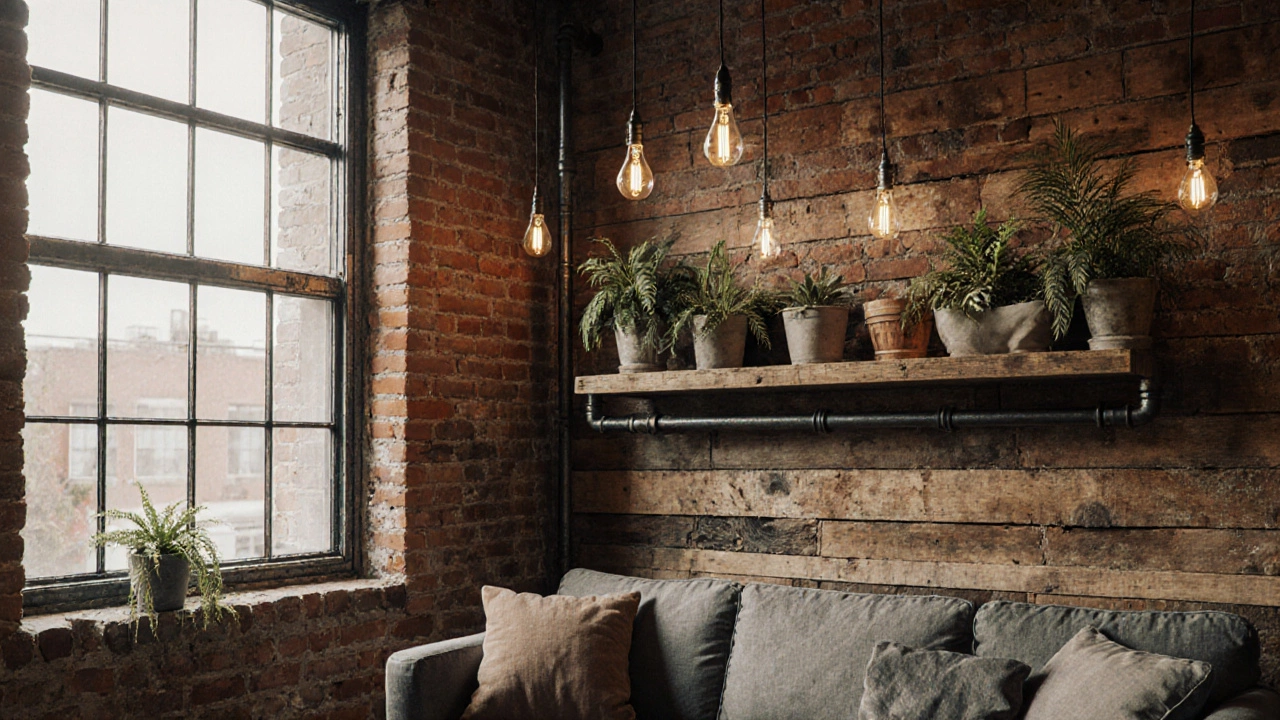
Choosing the Right Style for Your Life
Start with a lifestyle audit: Do you entertain often? Do you work from home? How much space do you have? If you’re a remote worker in a cramped studio, Minimalist or Scandinavian will keep the room from feeling claustrophobic. If you love hosting dinner parties and have a larger floor plan, Farmhouse or Mid‑century Modern gives you room for statement pieces.
Budget matters too. Industrial looks great with reclaimed materials that can be sourced cheaply, while Japandi often requires higher‑end natural finishes. Think about longevity-styles like Minimalist rarely go out of fashion, whereas Bohemian trends can feel dated if the colors clash with future updates.
Implementation Tips for Each Style
- Minimalist: Choose a neutral base, then add one artwork as a focal point. Keep storage hidden behind sleek panels.
- Scandinavian: Layer textiles-think a light wool rug, a chunky knit throw, and linen curtains. Use a mix of white walls and pale wood flooring.
- Bohemian: Mix patterns boldly; a macramé wall hanging above a patterned sofa works well. Add plants for a natural touch.
- Japandi: Stick to low‑profile furniture, avoid ornate details. Use bamboo accessories and soft ambient lighting.
- Mid‑Century Modern: Invest in iconic furniture pieces; a teak sideboard or a molded plastic chair can anchor the room.
- Industrial: Expose a brick wall if possible, or use faux‑brick panels. Pair metal pipe shelving with reclaimed wood.
- Farmhouse: Install shiplap, use a large apron sink, and incorporate vintage enamelware on open shelves.
Common Pitfalls & How to Avoid Them
- Over‑theming: Trying to pack too many signature pieces into one room creates visual chaos. Stick to two dominant elements.
- Ignoring Scale: A massive industrial bookshelf in a tiny studio overwhelms the space. Measure before you buy.
- Color Mismatch: Pairing a bright Bohemian rug with stark Minimalist walls can feel jarring. Pull one color from the rug into the wall paint.
- Neglecting Function: A beautiful Japandi coffee table is great, but if it’s too low for your daily coffee routine, you’ll replace it quickly.
Future Outlook: What’s Next After 2025?
Design cycles show that today’s hot styles eventually blend. Expect to see a hybrid “Eco‑Industrial” where raw metal meets reclaimed wood and sustainable fabrics. Keep an eye on color forecasting from the Pantone Color Institute-neutral greys are likely to stay, while bold jewel tones may resurface in accent pieces.
FAQ
Which decor style adds the most value to a home?
Neutral styles like Minimalist or Scandinavian tend to appeal to the widest buyer pool, so they usually boost resale value more than highly niche looks like Bohemian.
Can I mix two popular styles without clashing?
Yes. Pairing Japandi’s calm palette with Industrial’s raw materials creates a balanced, modern look. The key is to keep a common color or material thread.
How do I start decorating on a small budget?
Focus on one statement piece, like a sleek sofa, and use inexpensive accessories-throw pillows, plants, or wall art-to build the style around it.
Is Bohemian style suitable for a family home?
Absolutely, as long as you balance bold patterns with durable fabrics and keep high‑traffic areas simple for easy cleaning.
What lighting works best with Mid‑century Modern interiors?
Sculptural floor lamps with brass finishes, as well as pendant lights featuring clean geometric shapes, complement the era’s aesthetic.
Now that you’ve got the lowdown on the most popular decor styles, you can pick the one that fits your space, budget, and personality. Remember, the best style is the one you love living in every day.

